Colorado is known worldwide for its amazing golden Aspen trees and gorgeous color every autumn. With fall foliage reaching its peak in my home state, I set out to see what I could find with the SIGMA 20mm F1.4 DG DN | Art and the 24mm F1.4 DG DN | Art for both Sony E-mount and L-Mount. Paired with the Sony A7R IV and SIGMA fp L, these lenses offer amazing details, incredible depth of field and beautifully rich colors, not to mention they are smaller and lighter than their DSLR counterparts.
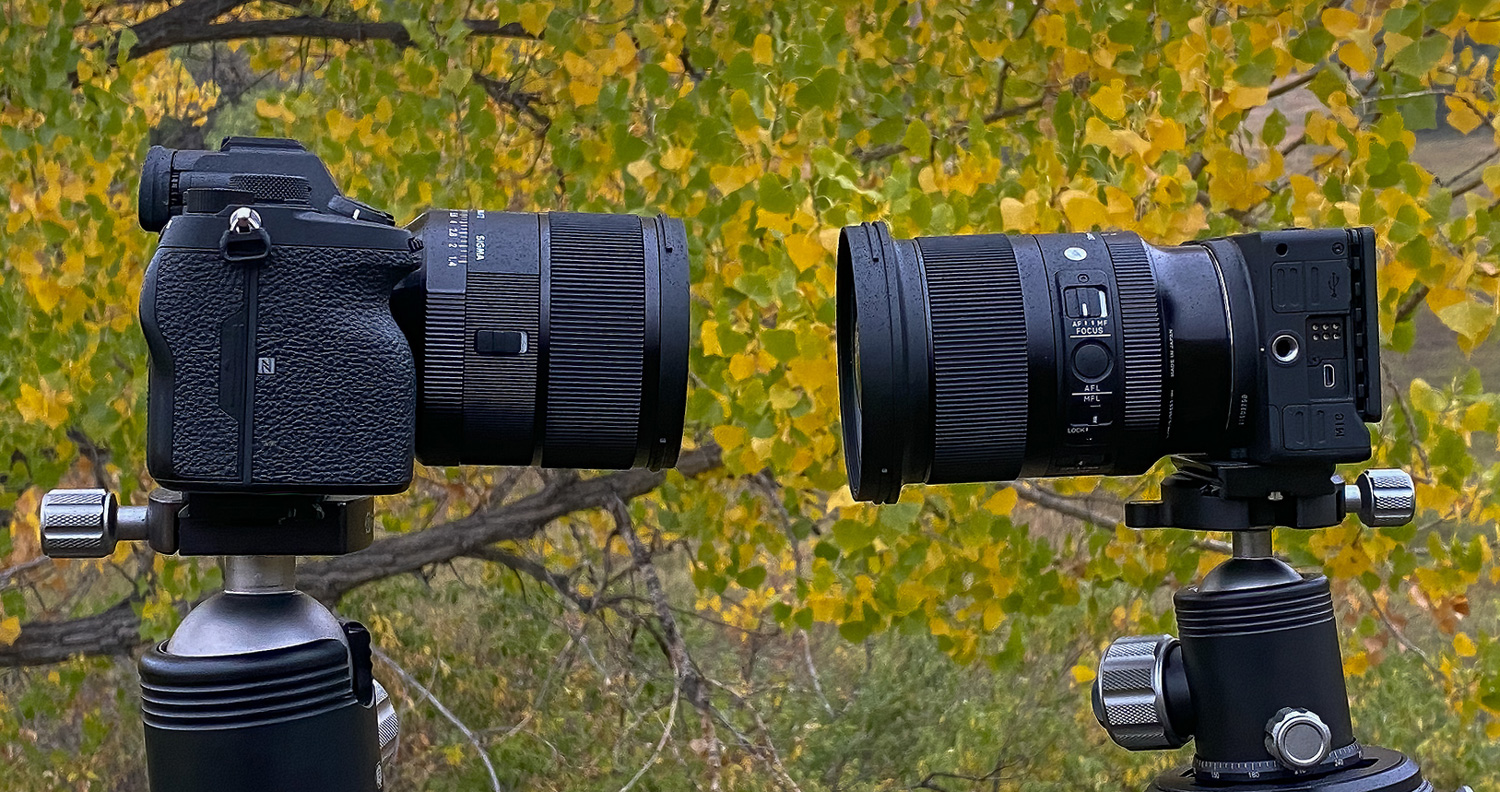
Gear Impressions and Comparisons
The first thing I noticed about the 20mm F1.4 DG DN | Art for both E-mount and L-Mount is that it’s not a “bubble” lens like my older Nikon F version. This means it can accept simple, affordable screw-on filters where the DSLR version couldn’t. Another important thing I noticed was the weight. The 20mm F1.4 DG DN | Art lens is about 30% lighter than the DSLR version, and the 24mm F1.4 DG DN | Art is about 20% lighter. This may not seem like much, but when you’re hiking at elevation in the Colorado mountains, being able to save weight without sacrificing quality is a huge bonus. I’ve personally owned both the 20mm F1.4 DG HSM | Art and the 24mm F1.4 DG HSM | Art (both for Nikon) and I can say that these smaller lenses are equally as good and live up to their “Art” name!

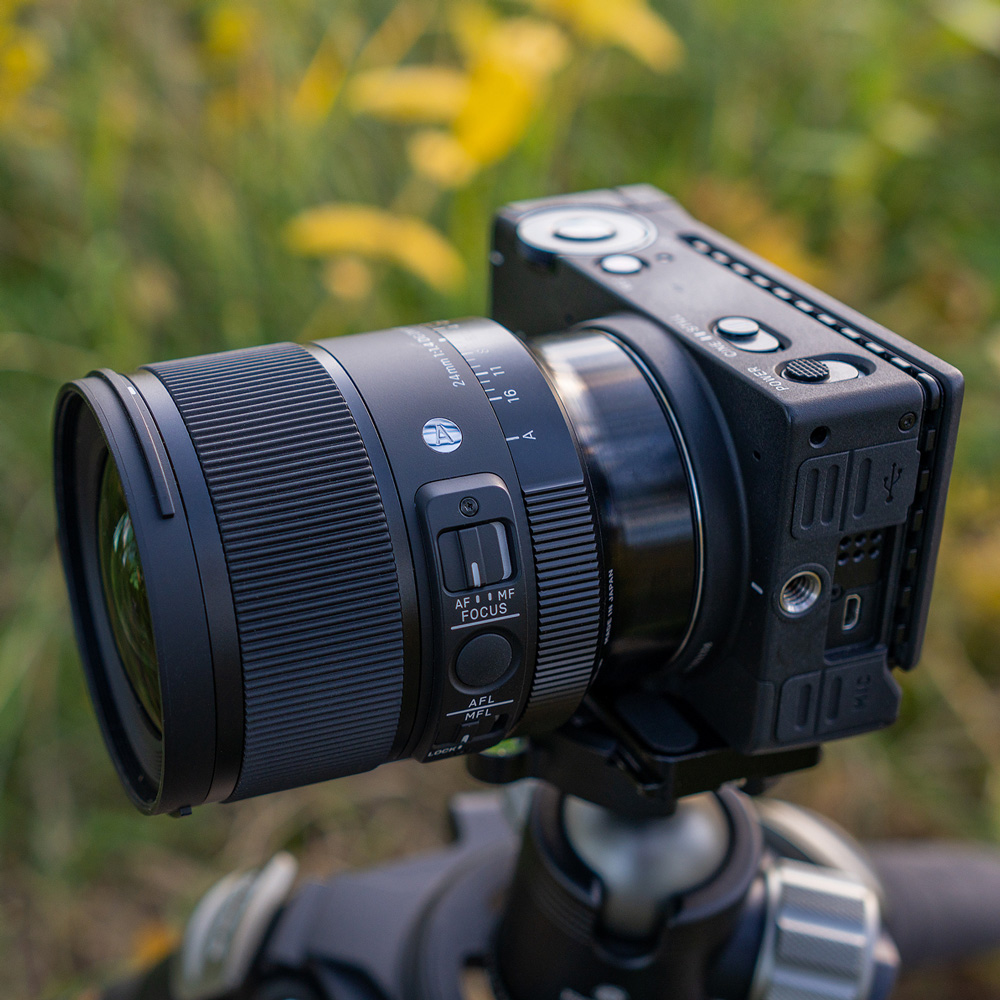
Another check in the DG DN lenses’ column is the variety of manual controls. As someone who learned photography from the film days, I love the aperture ring on both lenses. These smaller lenses really feel good in my hands when adjusting the F-stop via the aperture ring. These lenses also feature a manual focus lock, very handy for long exposures, and they’re both weather sealed to protect against the elements.
In the Field with the 20mm & 24mm F1.4 DG DN | Art Lenses
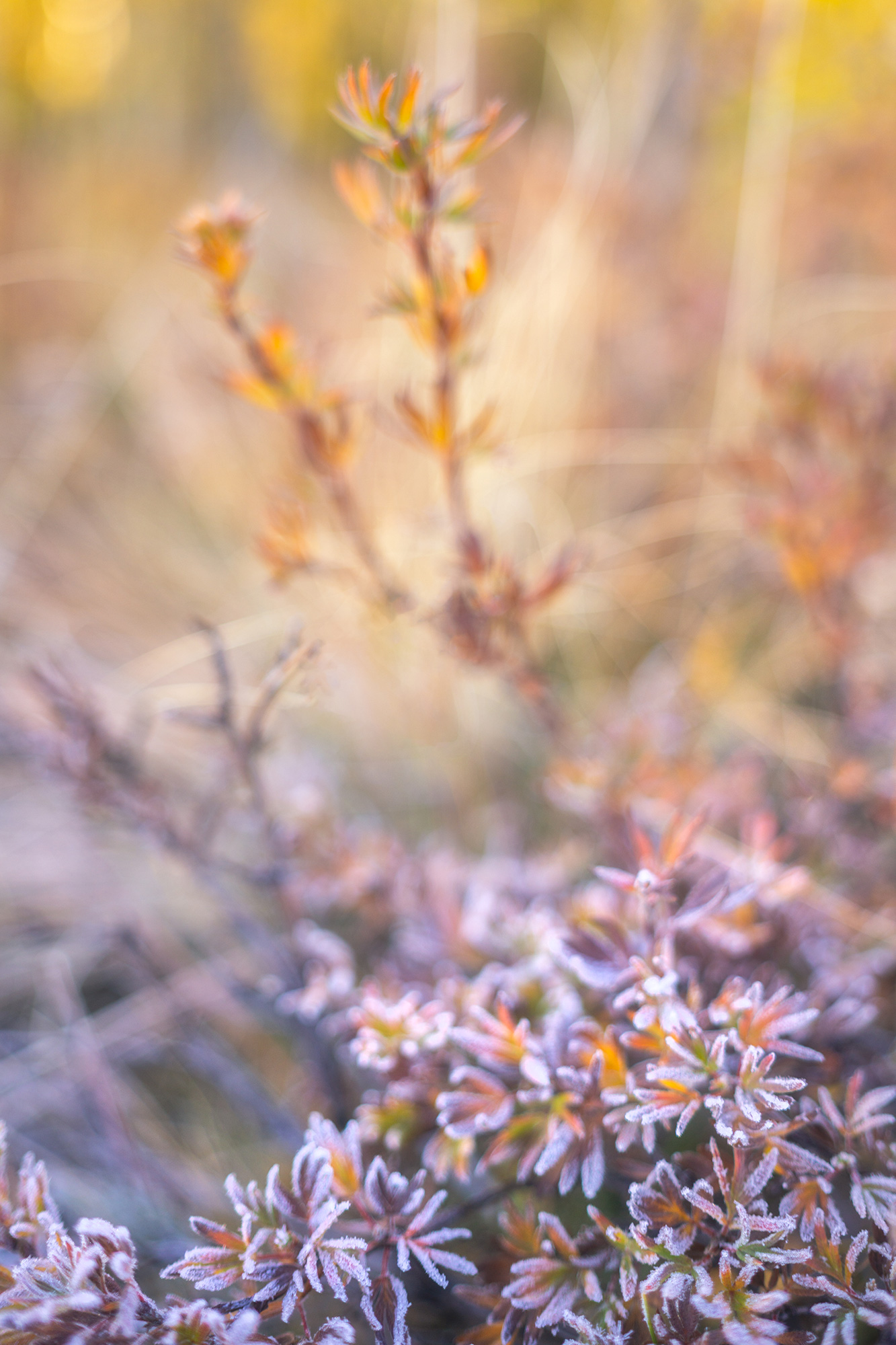
With a F1.4 aperture I wanted to see what the depth of field would look like (above). I focused on the lower right corner so that the image sharpness would gradually fade off into the distance. Shooting wide open isn’t something I do often as a landscape photographer, yet I can see the artistic desire some would really enjoy with this lens.
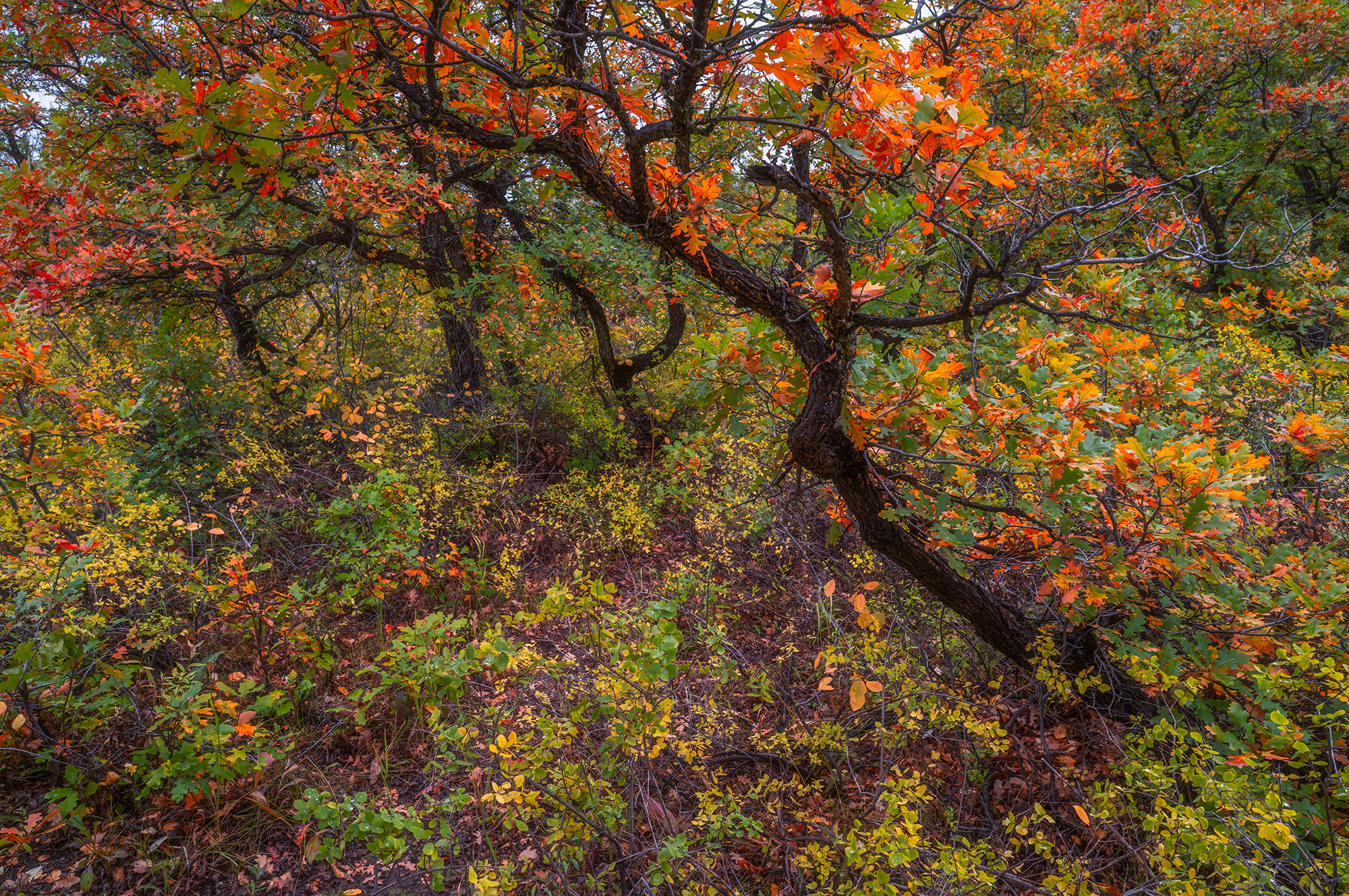
I really enjoyed shooting highly detailed scenes such as this one (above) with the 24mm F1.4 DG DN | Art lens. Where the 20mm may give a slight distortion due to its ultra-wide focal length, the 24mm kept the scene in check with no distortion and beautiful edge-to-edge sharpness. Matched with the SIGMA fp L the combo handled the light of the scene beautifully on this overcast day.
As I mentioned earlier, hiking with a lighter pack is always beneficial when you know you’re not sacrificing quality. The small mountain town of Ophir, Colorado is located at almost 10,000 feet above sea level. As you head up Ophir Pass, it gets even higher. Knowing I wanted to see these curved Aspens in the fall color I knew I was going to have to walk since my car is not made for going over mountain passes. I was able to carry two full-frame mirrorless camera bodies and the SIGMA 20mm & 24mm F1.4 DG DN | Art Lenses for both Sony E-mount and L-Mount with ease. The total bag weight was just under 13 pounds (5.9kg) when you add in batteries, media cards and a cable release. The days of me carrying 45-pound camera bags are over! This made my hike up much more enjoyable, and I could really enjoy the fresh mountain air and the scenery.
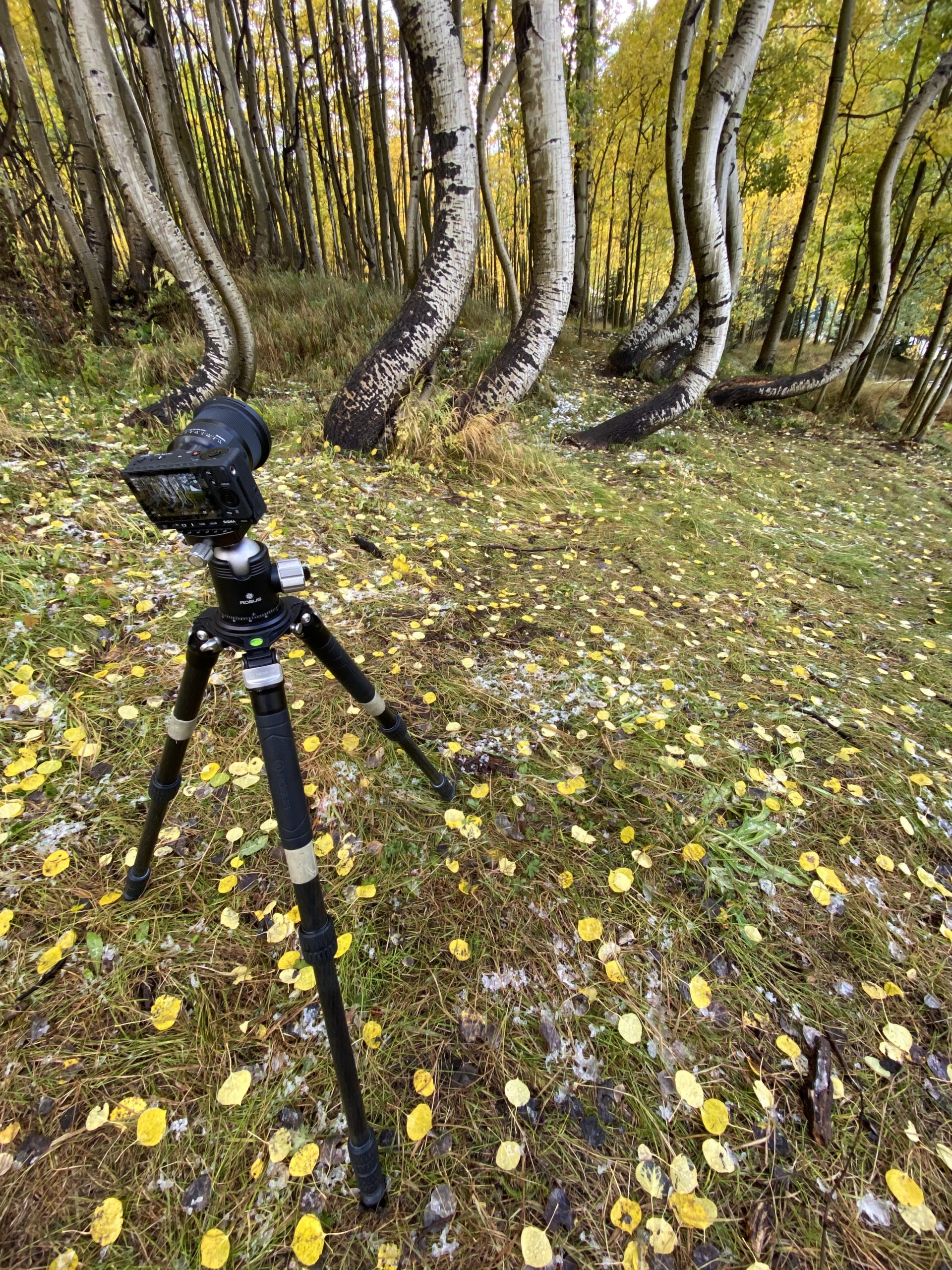

The curvature of these Aspen trees (above) is thought to be caused by an avalanche when they were younger, possibly just covered up by snow for long periods of time and trying to find the sunlight they needed. It’s very interesting to see them curved like this and it also makes them quite photogenic. For this scene, I used the SIGMA 20mm F1.4 DG DN | Art at its max aperture of F16 to ensure sharpness from front to back. Had there not been a breeze I would have focus stacked this scene. From top to bottom, edge to edge, this lens pulled out all the stops and delivered an amazingly sharp image.
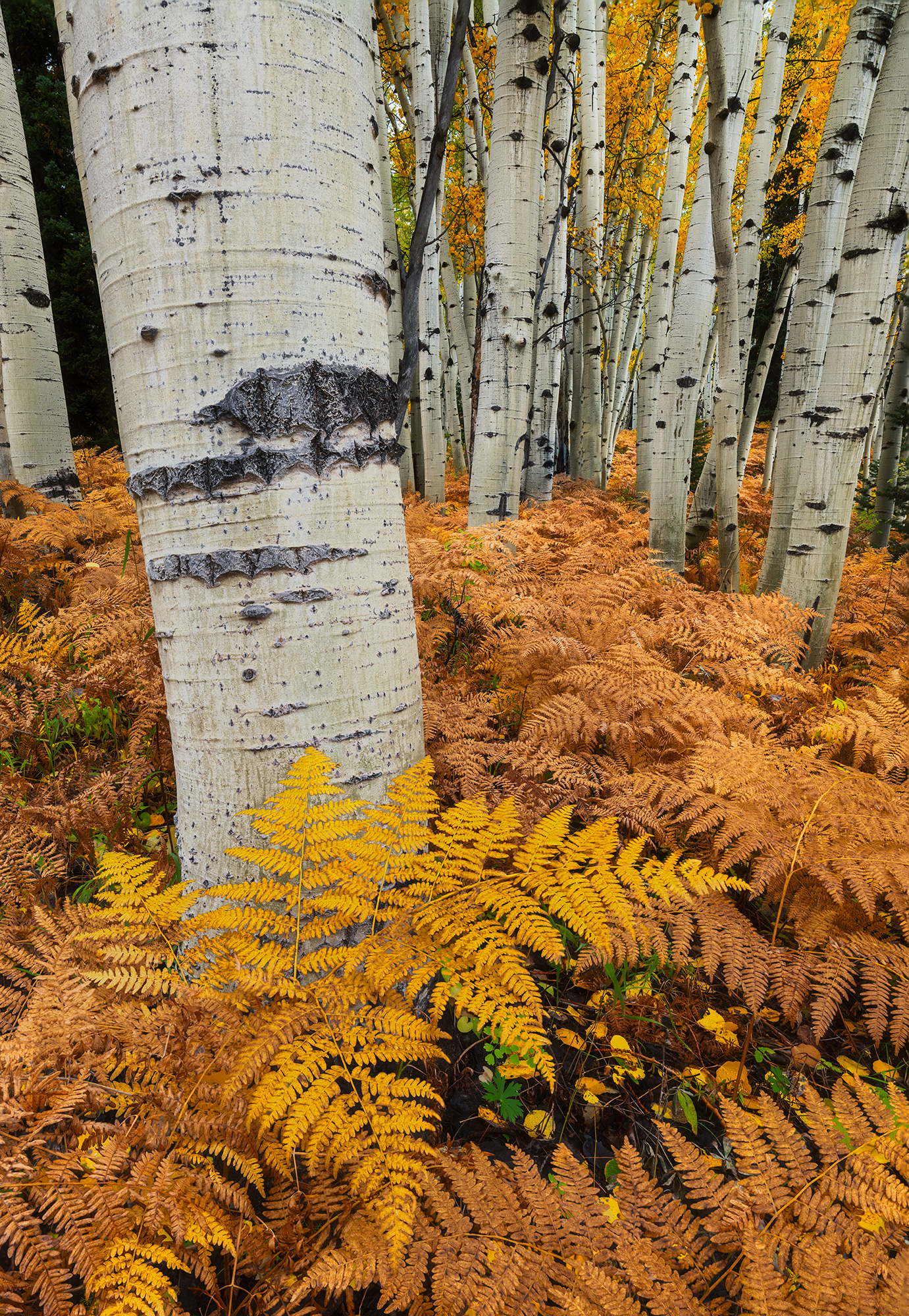
Before we get into the more grand and wide landscapes, I want to touch on focus stacking with these amazingly sharp lenses. For the above image, titled Fern Floor, I used the 20mm F1.4 DG DN | Art which has a minimum focusing distance of 9.1 inches. When composing this scene, I decided to utilize focus stacking to achieve extreme detail from front to back. It was a very calm afternoon and everything around me was super still, ideal for this technique. I also needed to get my camera and lens fairly close to the lighter colored fern in the foreground in order to get the composition I wanted, so the lens’ close focusing capability was needed.
Once I was composed, I took a series of 11 images, all focused in different areas of the image. Once I had the 11 images, I brought them into Photoshop, and simply used Auto Align and Auto Blend to do the work. When the images are properly shot, putting them together is easy. With the SIGMA 20mm F1.4 DG DN | Art and 24mm F1.4 DG DN | Art lenses being prime lenses, focus breathing is at a bare minimum. The colors you see here are a result of the soft overhead, overcast light I was lucky enough to have on this afternoon.
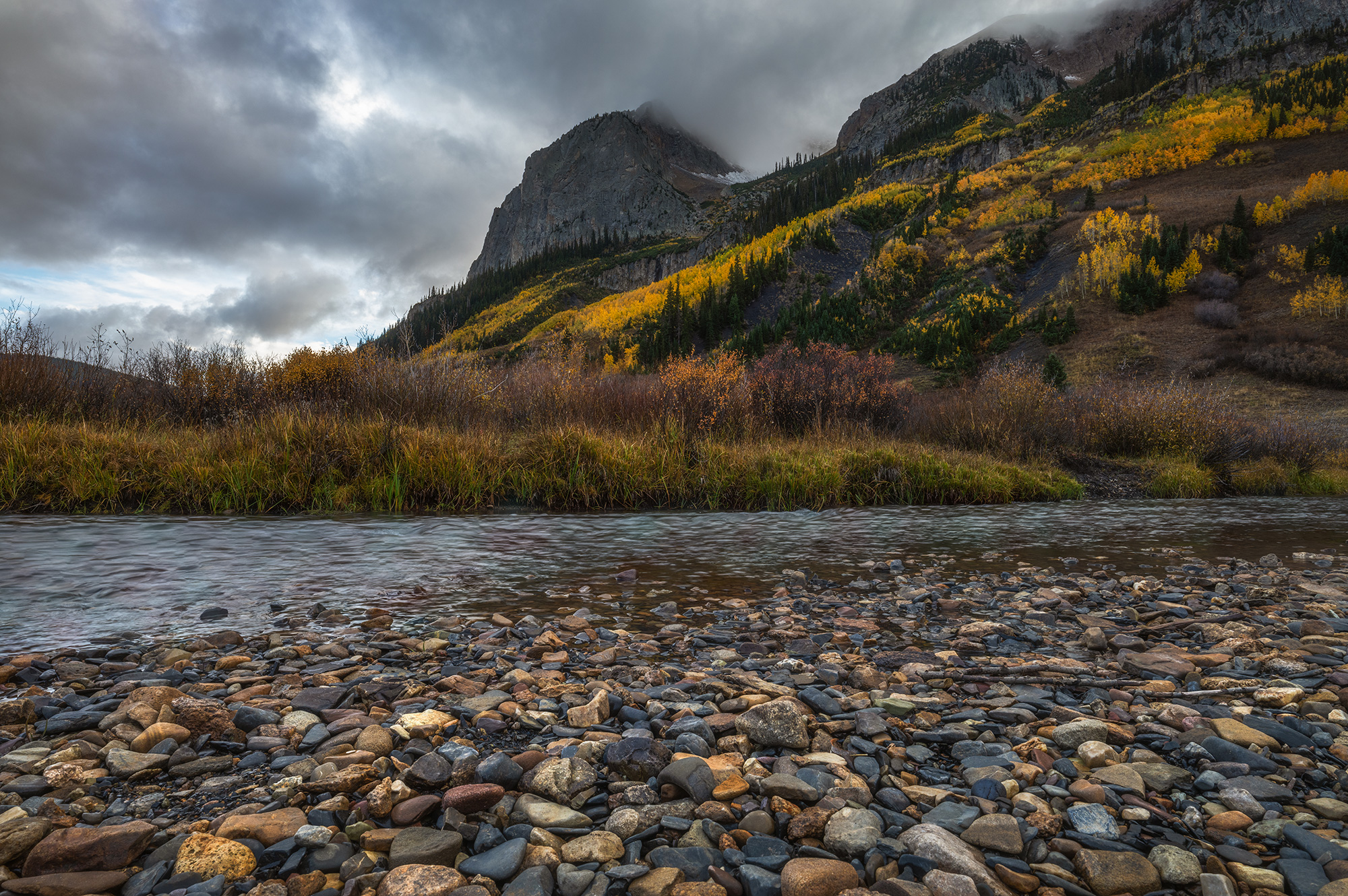
At the end of the day, on the bank of the East River near Gothic, Colorado, I found myself attracted to the rocks on the shore and the speckled yellows in the hills under the dark skies (above). 24mm was a little too close, so I used the SIGMA 20mm F1.4 DG DN | Art to get the entire scene in. I had the camera and lens barely above the ground. I used an F16 aperture and focused on 10 different spots on the image from side to side and front to back to ensure every area was in focus.
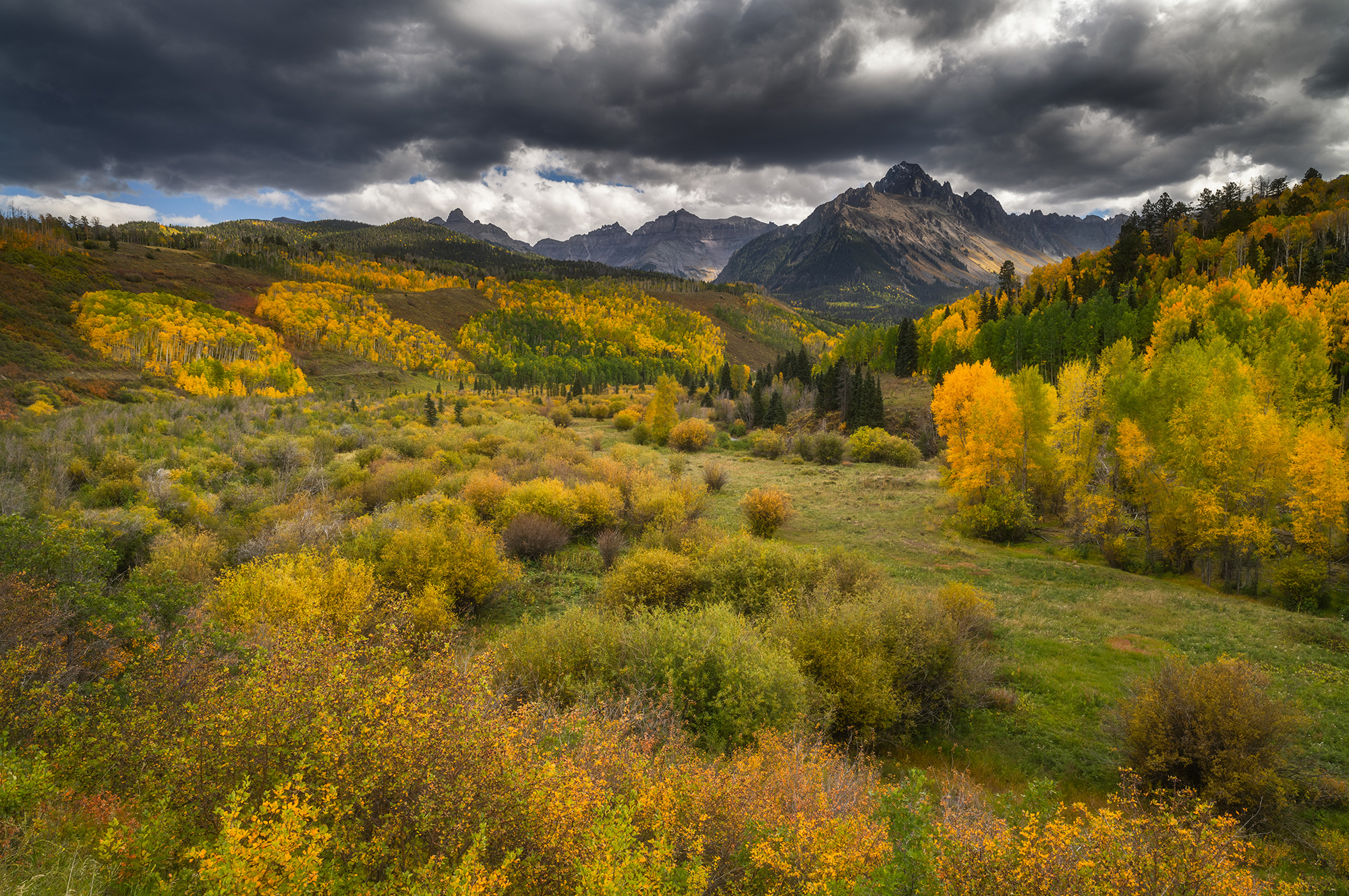
While focus stacking is handy when your subject is close to your lens, it’s not needed most of the time when shooting wider or more distant landscapes. Upon arriving in southwest Colorado to partly cloudy skies, the sunlight danced in and out of this scene (above). By waiting patiently until the sun hit just right, I was able to capture these gorgeous colors. The weather didn’t bring any epic sunrises or sunsets, but that’s okay. Having the bright golds of the trees illuminated by the soft sunlight was fun for me, and led to images that are just as compelling.

Crystal Lake (above) was high on my list to shoot with the 24mm F1.4 DG DN | Art. I was only thinking about the sunset and the reflection, but when I got there I noticed another element in the scene that I liked as well. The Moon. Based on where you can stand along the edge of the lake, the 24mm was the perfect focal length to get the scene composed exactly as I wanted. I set the camera down closer to the water to get an almost mirrored reflection. Having the moon over Red Mountain and the fall colors near the lake was just a very cool treat. Again, edge-to-edge sharpness was easily controlled by an F9 aperture and focusing on the hills. At this time, it started to rain, but I felt comfortable staying out there to get the shot. With Art lenses being weather sealed I felt safe knowing I could still get the shot before having to pack up. Once the moon had come out from behind the cloud and the lake had calmed down, I was able to take the shot. The luxury of being a landscape photographer is that you can wait until the scene is how you want it. Nature may take its time, but the end results are wonderful.
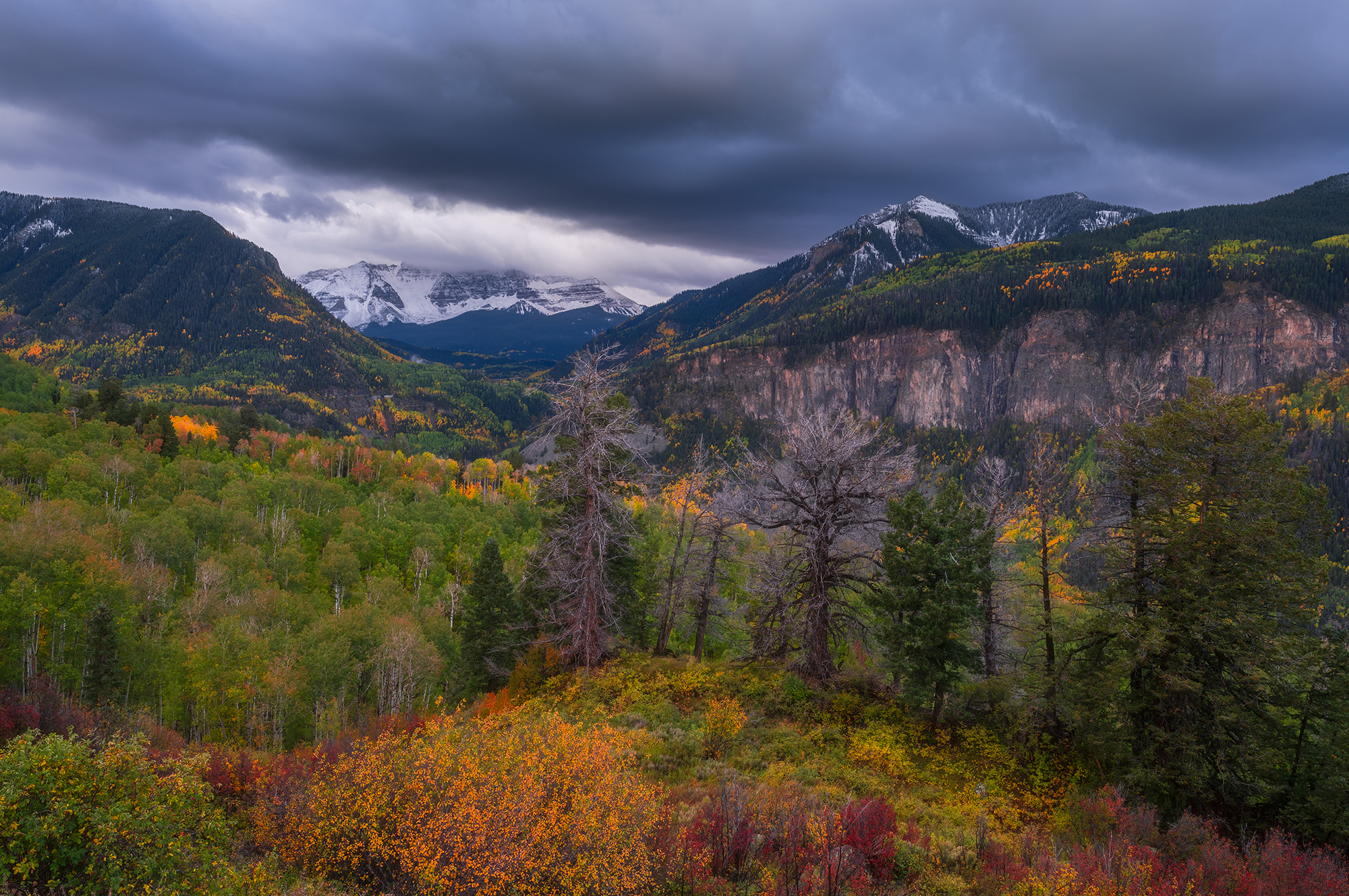
I was still hoping for an epic sunrise, but yet again it didn’t happen. Instead, I made the best of the situation and pulled out my gear to capture the dramatic cloudy skies over some gorgeous Colorado landscapes. I loved the mix of colors in the foreground topped by the snow on the mountains and the dark, moody skies. The SIGMA 24mm F1.4 DG DN | Art lens worked perfectly to capture all the intricate details and colors this scene presented.
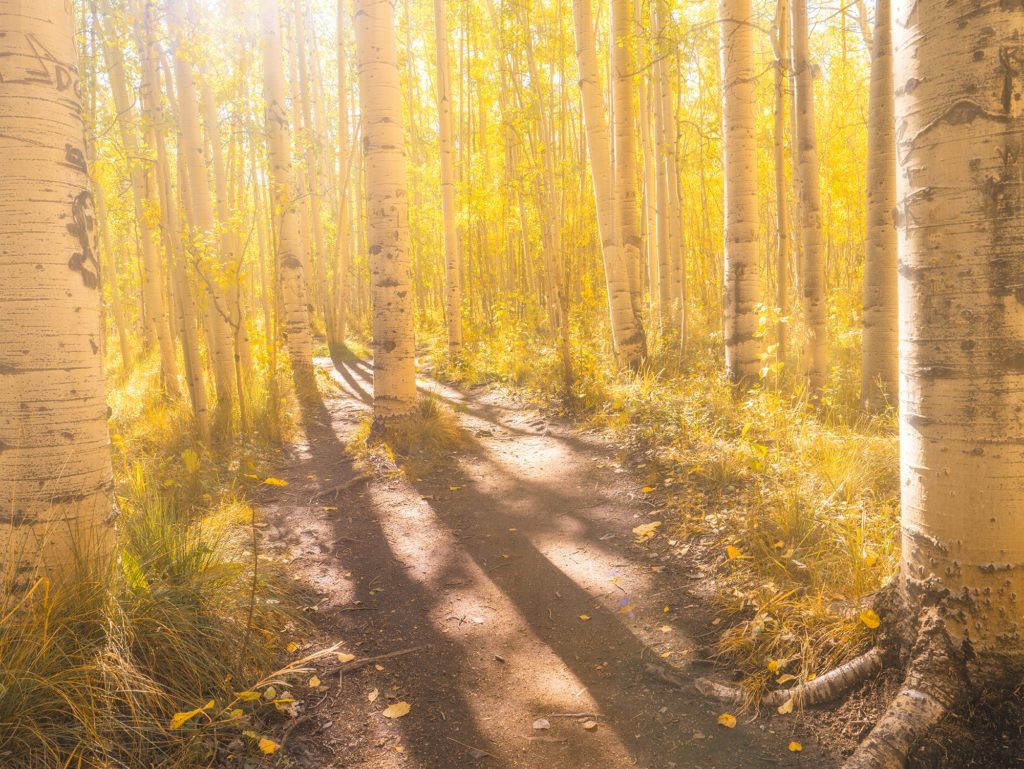
I did find myself in a nice patch of sunlight amongst a grove of Aspen trees dripping in golden light (above). Keeping the brightest part of the sun out of the frame allowed me to let the light seep into the scene without overdoing it. I really liked the long shadows that were being cast by the trees on the trail.

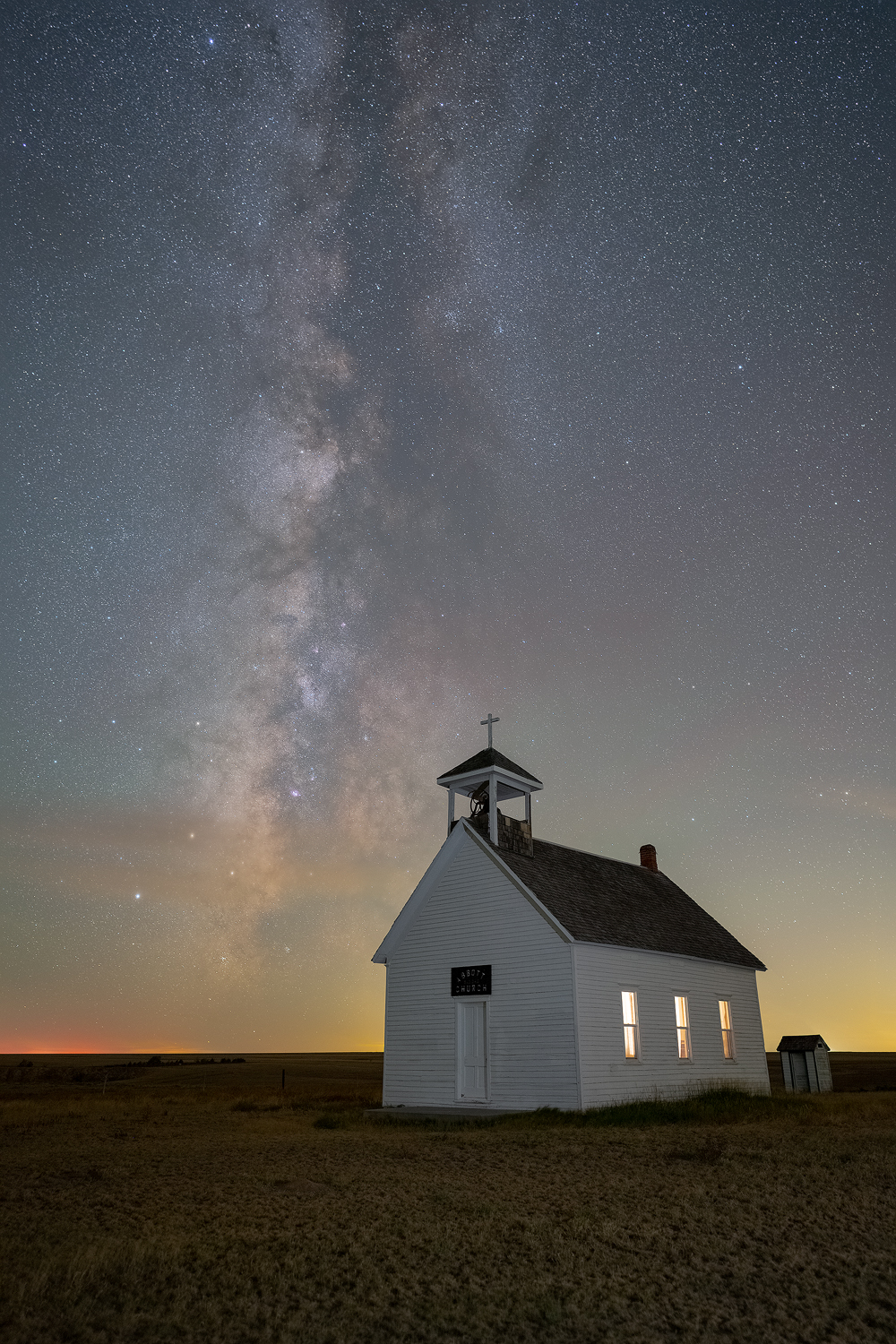
Before heading out to the mountains I was able to sneak in a quick shoot at night under some dark skies with the SIGMA 24mm F1.4 DG DN | Art for my Sony. Once again, brilliant stars, nice colors and sharp throughout the image (above). Anyone who loves astrophotography would be happy to have this lens in their bag. 24mm is one of my favorite focal lengths for night photography and this lens, with its size, weight and quality, is a winner.
A Pro Landscape Photographer’s Assessment
Exploring the mountains of Colorado with two of the best lenses for landscape photography – the SIGMA 20mm F1.4 DG DN | Art and SIGMA 24mm F1.4 DG DN | Art – sure was a blast. Equally sharp, both provided nice colors, great depth, and with the added weather sealing it was easy to shoot in the not-so-perfect conditions.
I’ll be honest, as a landscape photographer, I don’t know if I could pick one over the other. While only 4mm of focal length difference, they each have their own uses. I really liked the 20mm F1.4 DG DN | Art for when I needed to be a bit closer to my subject or when I was focus stacking. The SIGMA 24mm F1.4 DG DN | Art worked well when I was shooting wider, more distant landscapes. With the high resolution of the SIGMA fp L and the Sony A7R IV, these lenses render incredible details. I like that I was able to shoot with two cameras which have the same 61-megapixel resolution so it was easy to compare. There is no lack of image quality from either of these lenses, and even with lower resolution cameras, these lenses will bring out the fine details in your images.
Where would you love to shoot with these two amazing lenses?
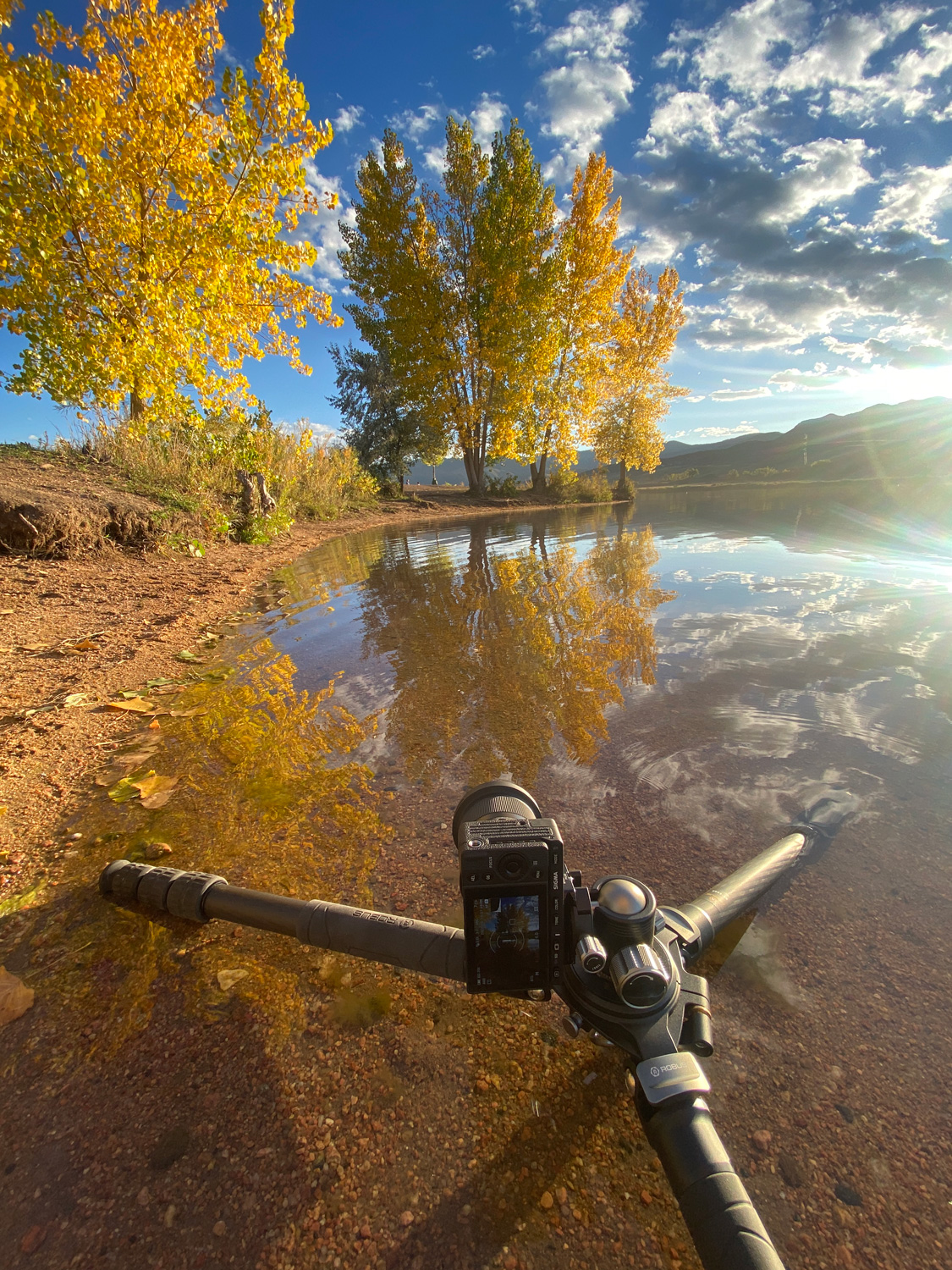


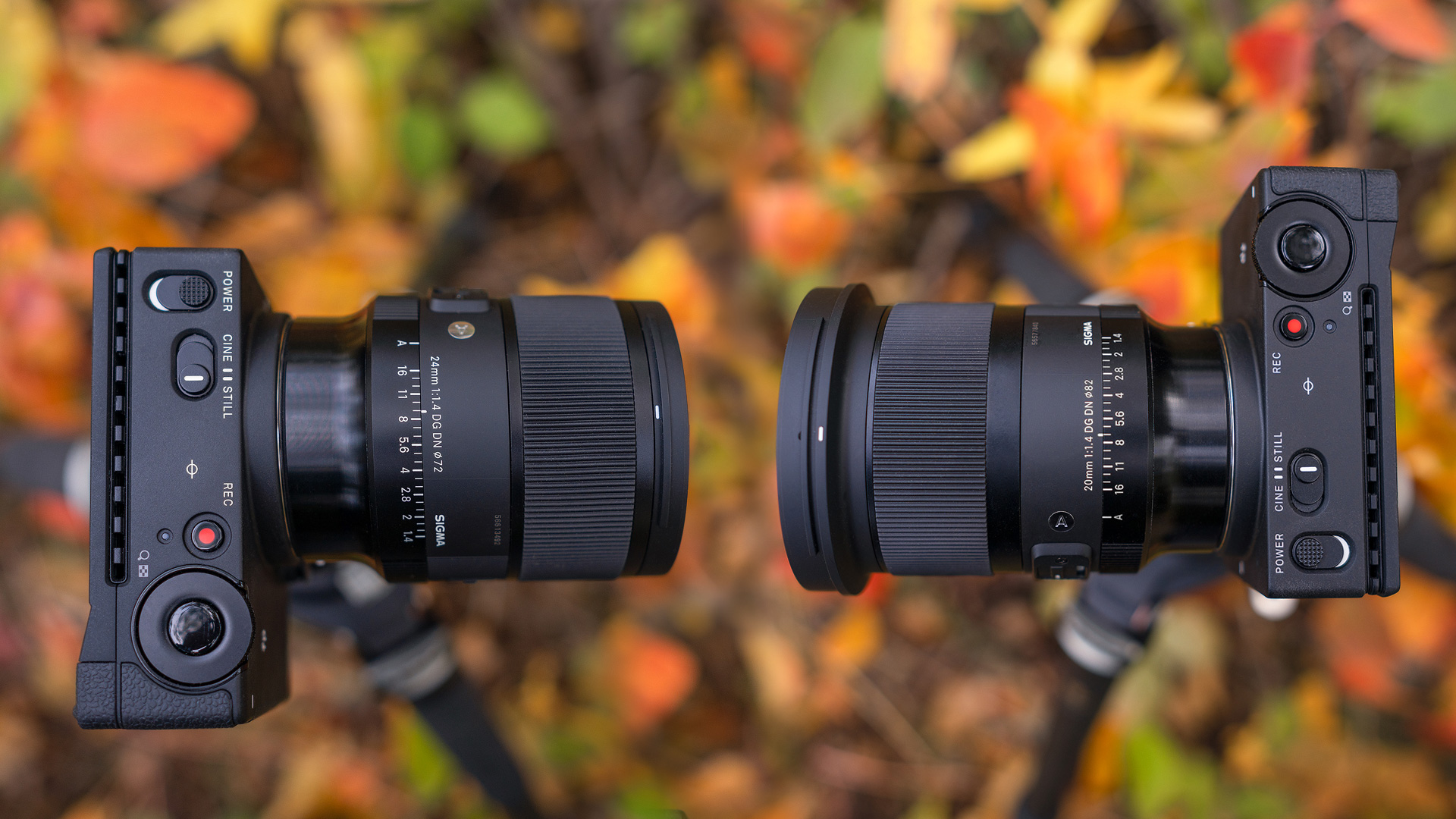
I was just in Colorado for the beautiful fall colors as I fly fished . I did take two cameras well 3 or 4 cameras. But I carried and shot with the Sony a7siii mostly. It was great to use slung over my shoulder with a Peak Design strap and two lenses with me . I carried it new for 22 Sony 16-35 pz f/4 and the super sharp Sigma 65mm contemporary i series f/2 lens .
In my vehicle I had the Nikon d850 with the insanely sharp 40mm f/1.4 Sigma Art series lens strapped on it . With the 28mm Sigma Art in my bag . I just love these two lenses.
Thanks for the article and I’ve considered the two Art lenses 20 and 24 especially the 20 Art f/1.4 in the Nikon f mount.
Wow beautiful pics! Love the aspen trees. The pic with the curvature of the trees is interesting.
I love my Sigma Art lenses but they are DSLR and are heavy beasts. I’m hoping there will be some Sigma lenses for Canon mirrorless. Great article!
Great article Darren. The yellow of the Aspen trees and the water was picture perfect. I’m thinking the lenses would be great to have in Lake Louise.
Excellent article, Darren. I appreciate the detailed information along with the examples.
While my old body screams for me to move to mirrorless, my bank account just laughs and laughs! I’m curious if you at any time felt limited with the two prime lenses, on either end of the spectrum . I can’t imagine going without a zoom lens and sometimes my 17mm barely gets me where I want to be.
* Comment not added for entry since I recently won a print in another contest.
Have you tried either of these lenses with astrophotography? I do like that they can accept screw on filters.
truly love the Fall color photos you share.
Great write up. I’m thinking I may need to add a new lens to my bag after reading though all of this. As someone who jumped on Sony mirrorless early on, I’m always looking for ways to cut weight. These lenses meet that criteria and can shoot a variety of scenes. Thanks for the great info. Happy shooting.
Troy, Thank you… I have a D850 too that’s been modified for astro. I use the Sigma 28mm 1.4 as my main astro lens now…it’s incredibly sharp and fast… Thanks for the comment.
I love your photos, Darren!! These must be excellent lenses.
Great article and some good insight about the lenses. Great shots of some cool areas as well.
Your photos show exactly why I love living in Colorado. They are stunning and make me miss the short time in my life when I tried to be a professional landscape photographer. I’m so glad I found you and your work on Instagram.
Darren, I’ve been following you for several years and love your images – you started out great and have just grown in creativity, style and results. Thank you for the lens assessment – I’ve put down my camera for a few years, but this is so inspiring. I thoroughly enjoy your compositions, and how you capture the beauty of Colorado. Thank you for sharing your images and experience.
Fab!
Your photos are always beautiful! I shoot with a very old Olympus DSLR. I hope to someday update my camera. Maybe it will include one of these lenses.
I love Sigma lenses. You captured some beautiful scenery. Those curved trees are fascinating! I’ve really slacked off my photography lately; you’ve given me some inspiration to get at it again. Thanks for your article.
I tried leaving a comment here yesterday, but this comment area must not be working. I asked if you had tried this lenses for your night photography as well.
Wonderful article Darren. While I’m not in the market to change away from my Canon body, I know well the quality of the Sigma art line. They have certainly come a long way in the last 30 years and stack up against anyone. Wonderful images and comparison. You put enough technical details into your reasoning for the lenses that it would be difficult to choose between them.
Thank you everyone for your comments. I sure appreciate them. Since I can’t reply to everyone I’ll try and answer questions here…
Brenda – Yes, I’d love to see how these lenses perform with the beauty of Canada… Lake Louise would be amazing
Jeff – Thanks, for landscape work, I’d really want to have one of these lenses in my bag… So hard to pick between the 2 but If I had to, I’d go with the 24mm only because it has less distortion than the wider 20mm so in theory It could be used for a few more things… That being said the 20 is killer for night photography so…..
Terrie – Thank you and thanks for your comment even though you won the last contest… In all honesty, I did not ONLY take these 2 lenses with me. As a photographer who shoots lots of different scenes I would have been lost without a couple of my longer sigma lenses like the 105mm Art macro and the 100-400 E mount… For the blog I did solely focus on the 2 lenses mentioned and used them 90% of the time. Because we wanted to showcase the beauty and details of the lenses as well as their small size and light weight, I only shared images shot with these lenses on either the Sigma fp L body or the Sony A7r4. As you follow along on FB and IG you’ll see other images from the trip with the other lenses…
Patrick – Yes, I have done astrophotography with them and they are amazing… Both are super sharp and let in a lot of light which is nice. I’m actually going out again tonight to shoot with them and if you want to send me a message on FB or IG I’d be happy to share the results with you.
Andrea – Thank you.. They are the best of the best….
Micki – Thank you. I hope you find comfort in your photography when you decide to pick up the camera again… Photography is a stress reducer for me except in the summer when I’m dealing with mosquitos.
Joy – thank you. If and when you do decide to upgrade, please keep these lenses as well as other Sigma lenses in mind… The value of their lenses is just amazing.
Kim – I hope you can find time to get back out with your camera… Even small amounts of time ware worth it.. Thank you.
Jim – Thank you. Yes, they are both amazing lenses and I plan on using both tonight.